Уро́к 5
5.2 Настоя́щая речь – Position Verbs
Настоя́щая речь
Position verbs describe the static location of someone or something. They very naturally answer the question Где? And, for the following examples, notice the use of the Prepositional case.
The following verbs all follow the second conjugation pattern. Two of them exhibit what is called a mutation in the first person singular forms. Recall that if a mutation occurs for a Type II verb, it only occurs in the first person singular.
Посмотри́те:
Conjugation Tables and Examples
1. Лежа́ть – to lie / be lying (down / somewhere)
Press play to hear it read aloud:
| Лежа́ть – to lie / be lying (down / somewhere) | |
| Я леж-у́. I lie / am lying (down). |
Мы леж-и́м. We lie / are lying (down). |
| Ты леж-и́шь. You lie / are lying (down). |
Вы леж-и́те. You (all / formal) lie / are lying (down). |
| Он / Она́ леж-и́т. He / She lies / is lying (down). |
Они́ леж-а́т. They lie / are lying (down). |
Notice how the verb conjugates, especially in the first person singular / third person plural forms. Recall that a spelling rule in Russian states that the letter ж cannot be followed by either -ю / -я. The endings in these forms are therefore -а / -у.
Наприме́р:
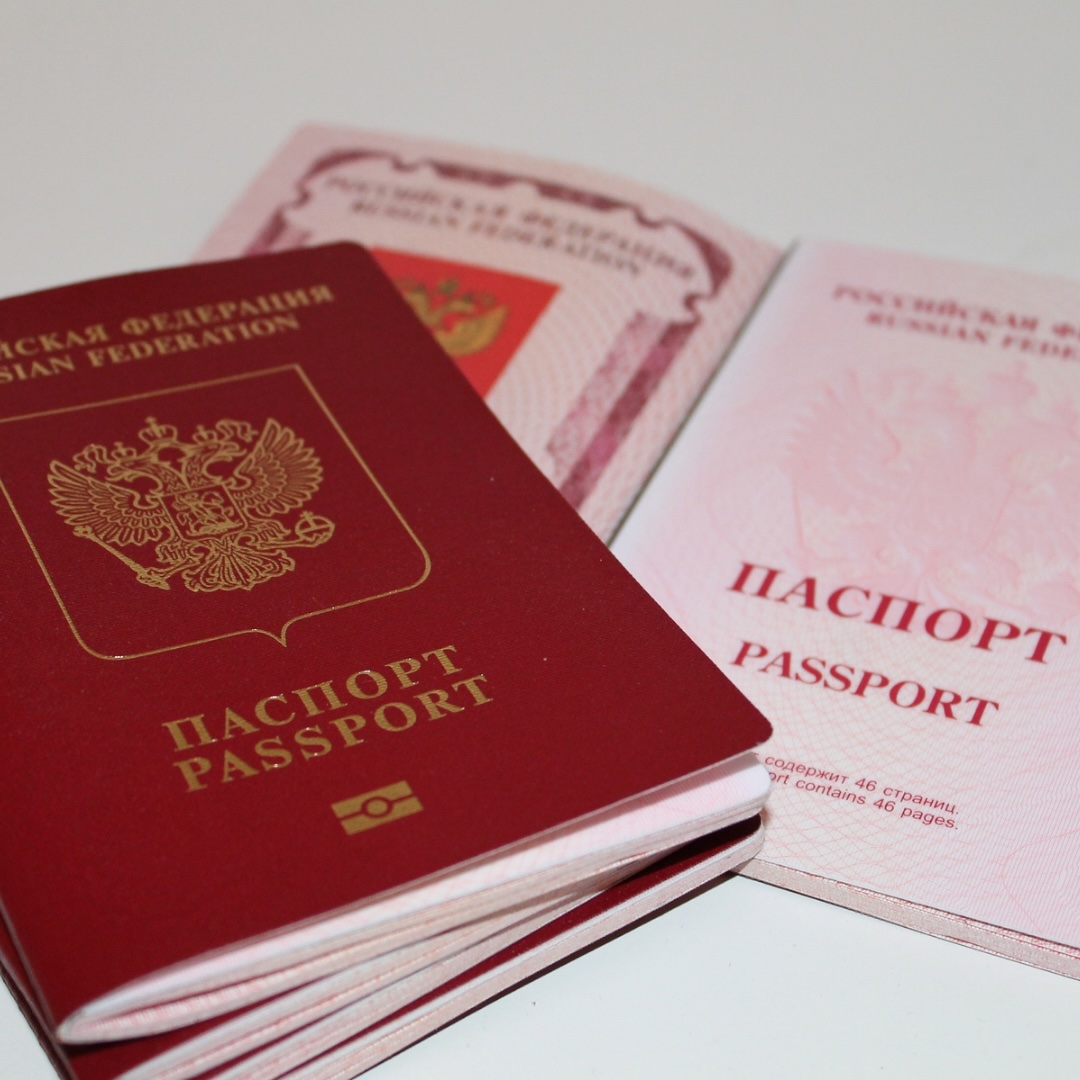 |
Па́спорт лежи́т на столе́.
‘The passport is lying on the table.’
|
 |
Кни́ги лежа́т на полу́.
‘The books are lying on the floor.’ |
 |
Я лежу́ в больни́це.
‘I am in the hospital.’ *Translation note: if you’re in the hospital and if you’re being treated for something, if YOU are a patient, then you typically use лежать to indicate this. |
2. Стоя́ть – to stand / be standing (somewhere)
Press play to hear it read aloud.
| Стоя́ть – to stand / be standing (somewhere) | |
| Я сто-ю́. I stand / am standing. |
Мы сто-и́м. We stand / are standing. |
| Ты сто-и́шь. You stand / are standing. |
Вы сто-и́те. You (all / formal) stand / are standing. |
| Он / Она́ сто-и́т. He / She stands / is standing. |
Они́ сто-я́т. They stand / are standing. |
Pay attention to stress. The ending is stressed for all persons of this verb. There is a separate verb we will learn later that looks just like this one (a homonym) but sounds different.
Наприме́р:
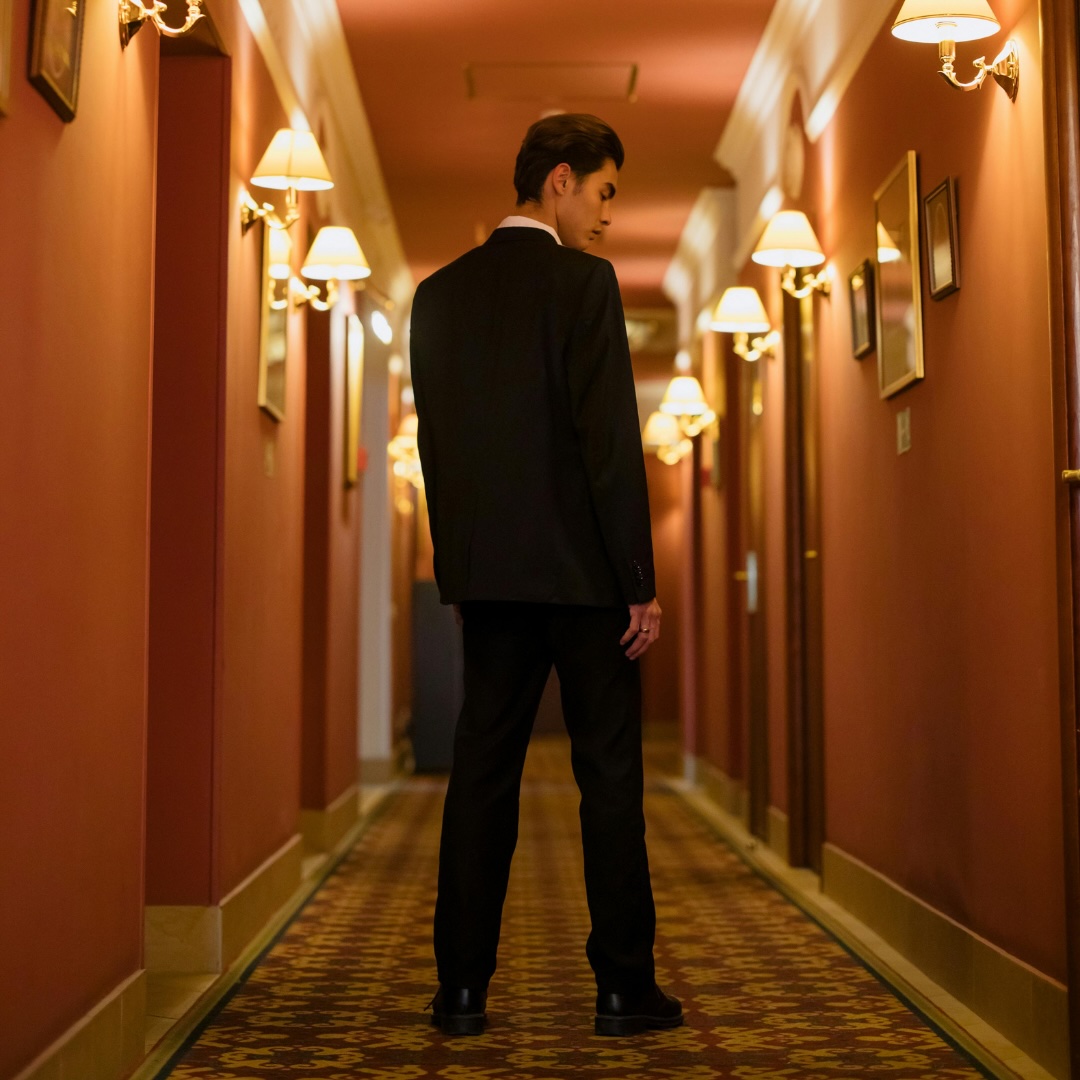 |
Я стою́ в коридо́ре.
‘I am standing in the hallway.’ |
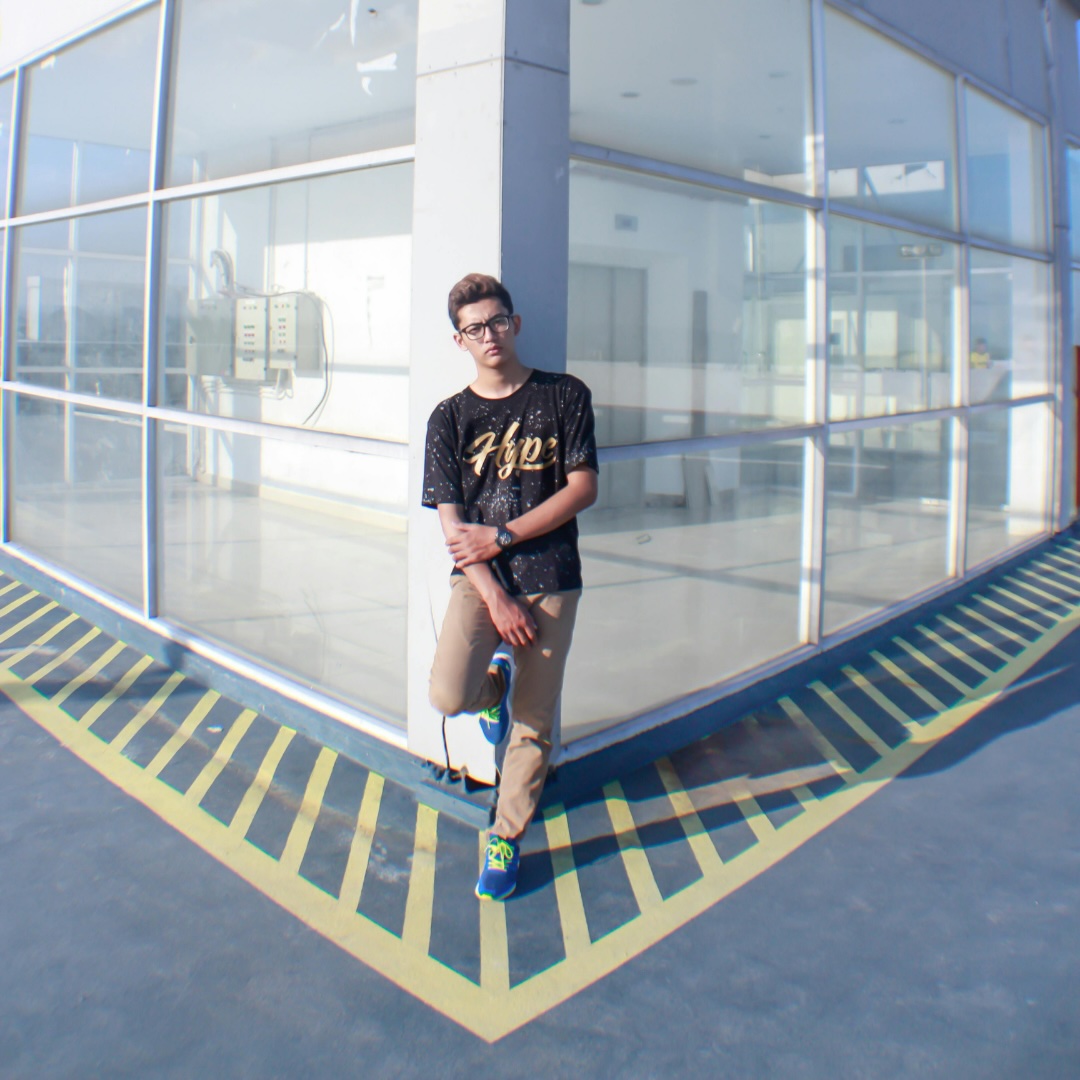 |
Макси́м стои́т на углу́.
‘Maksim is standing on the corner.’ |
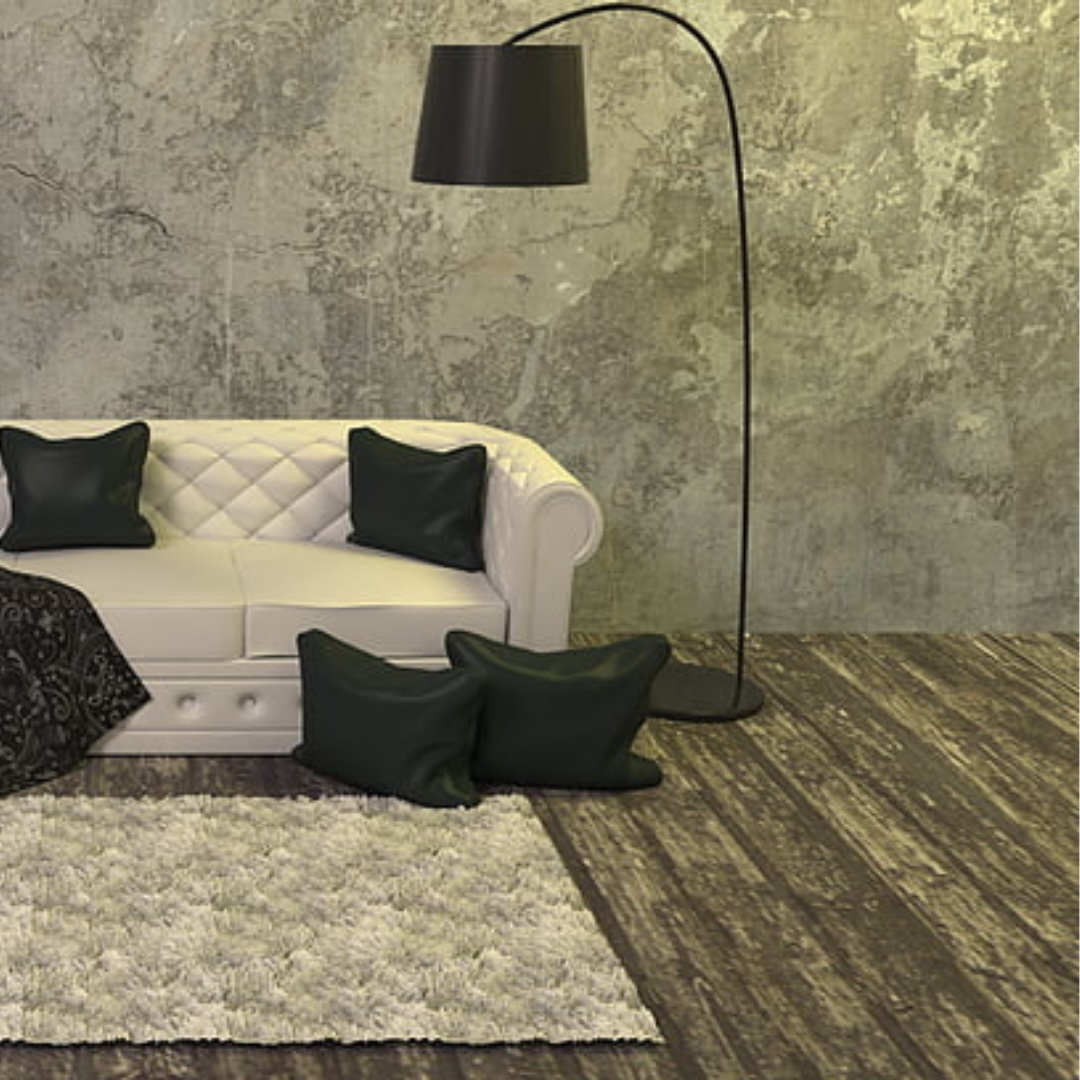 |
Ла́мпа стои́т на полу́.
‘The lamp is (standing)* on the floor.’ |
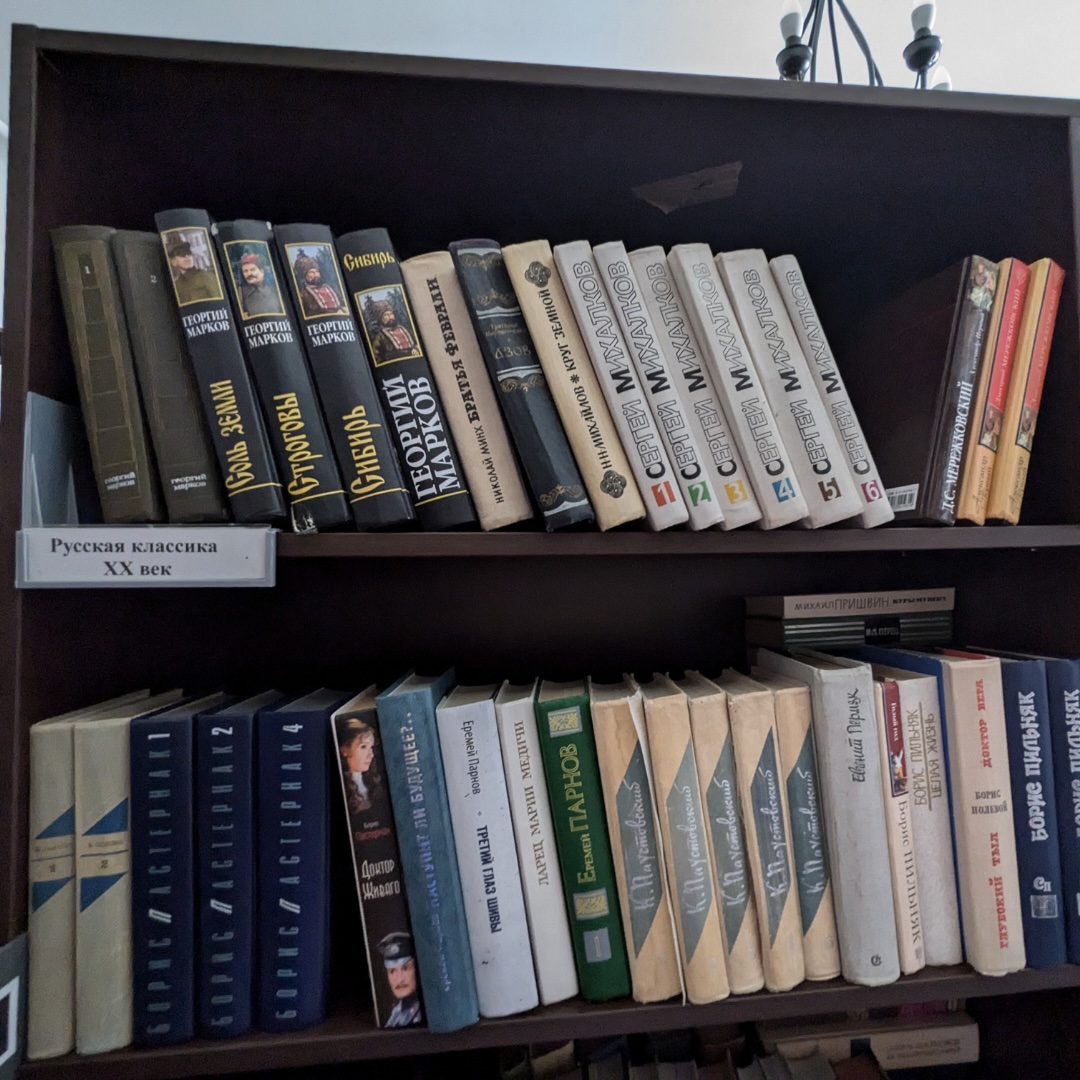 |
Кни́ги стоя́т на по́лке.
‘The books are (standing)* on the shelf.’ |
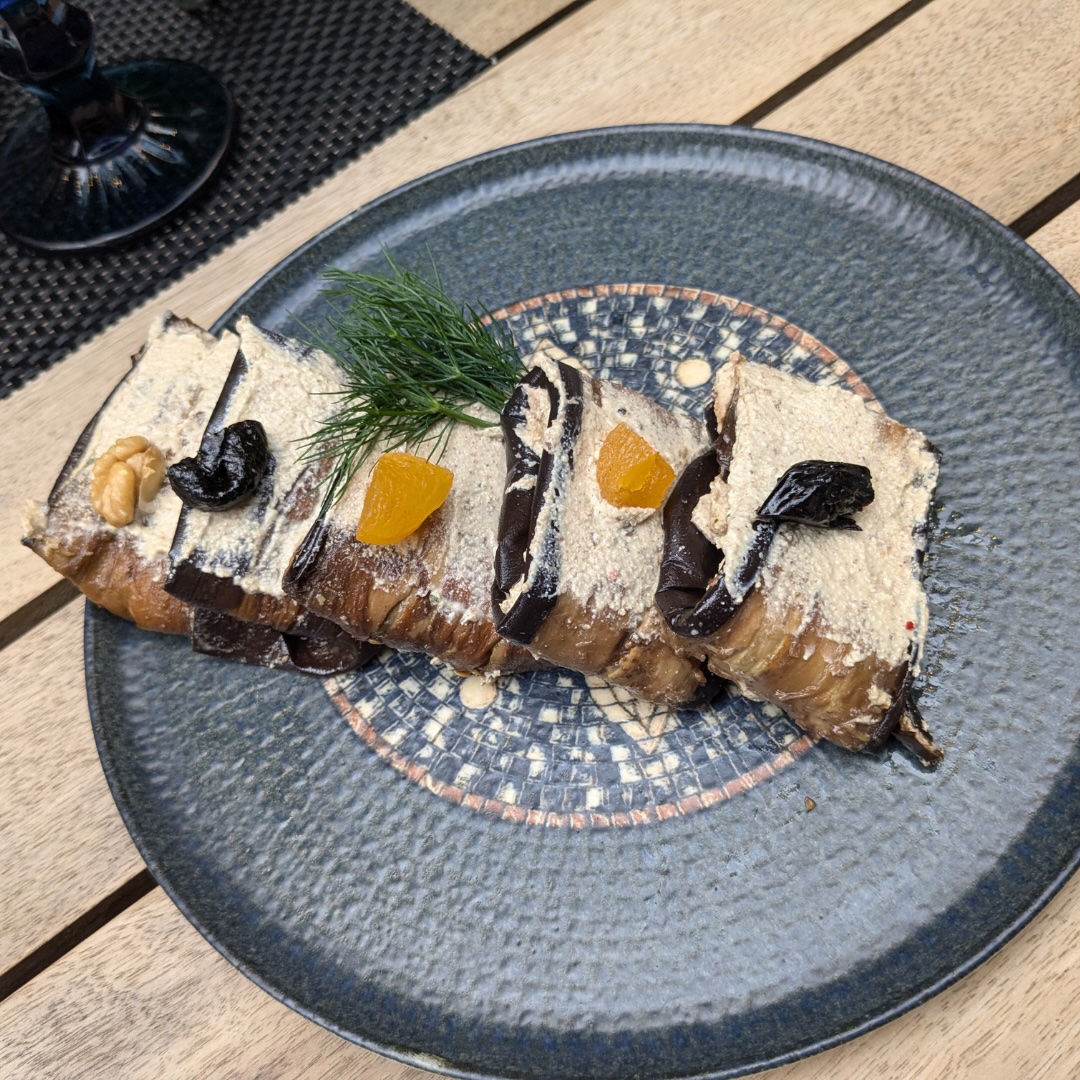 |
Таре́лка стои́т на столе́.
‘The plate is (standing) on the table.’ *Parentheses are given in examples 3 and 4 to highlight an optional translation. In English, we most likely would not use the verb ‘stand’ in these examples, but it is very natural for Russian. |
3. Висе́ть – to hang / be hanging (somewhere)
Press play to hear it read aloud.
| Висе́ть – to hang / be hanging (somewhere) | |
| Я вишу́. I hang / am hanging. (This doesn’t have to read so morbidly.) |
Мы виси́м. We hang / are hanging. (Also sounds pretty bad, doesn’t it?) |
| Ты виси́шь. You hang / are hanging. (This truly sounds terrible and it’s not likely to be used often?) |
Вы виси́те. You (all / formal) hang / are hanging. (Man.) |
| Он / Она́ / Оно́ виси́т. He / She / It hangs / is hanging. (OK, here we go. You can imagine things hanging, right?) |
Они́ вися́т. They hang / are hanging. (Also easier to imagine things hanging.) |
Note the mutation of the stem consonant ‘с’ in the first person singular [с > ш], and that it does not happen anywhere else in the conjugation. Also, note that that mutation triggers the -у spelling in the first person singular, which, like with ж, prevents ‘ш’ from being followed by ‘ю’.
Наприме́р:
 |
Ка́рта виси́т на стене́.
‘The map is (hanging) on the wall.’ |
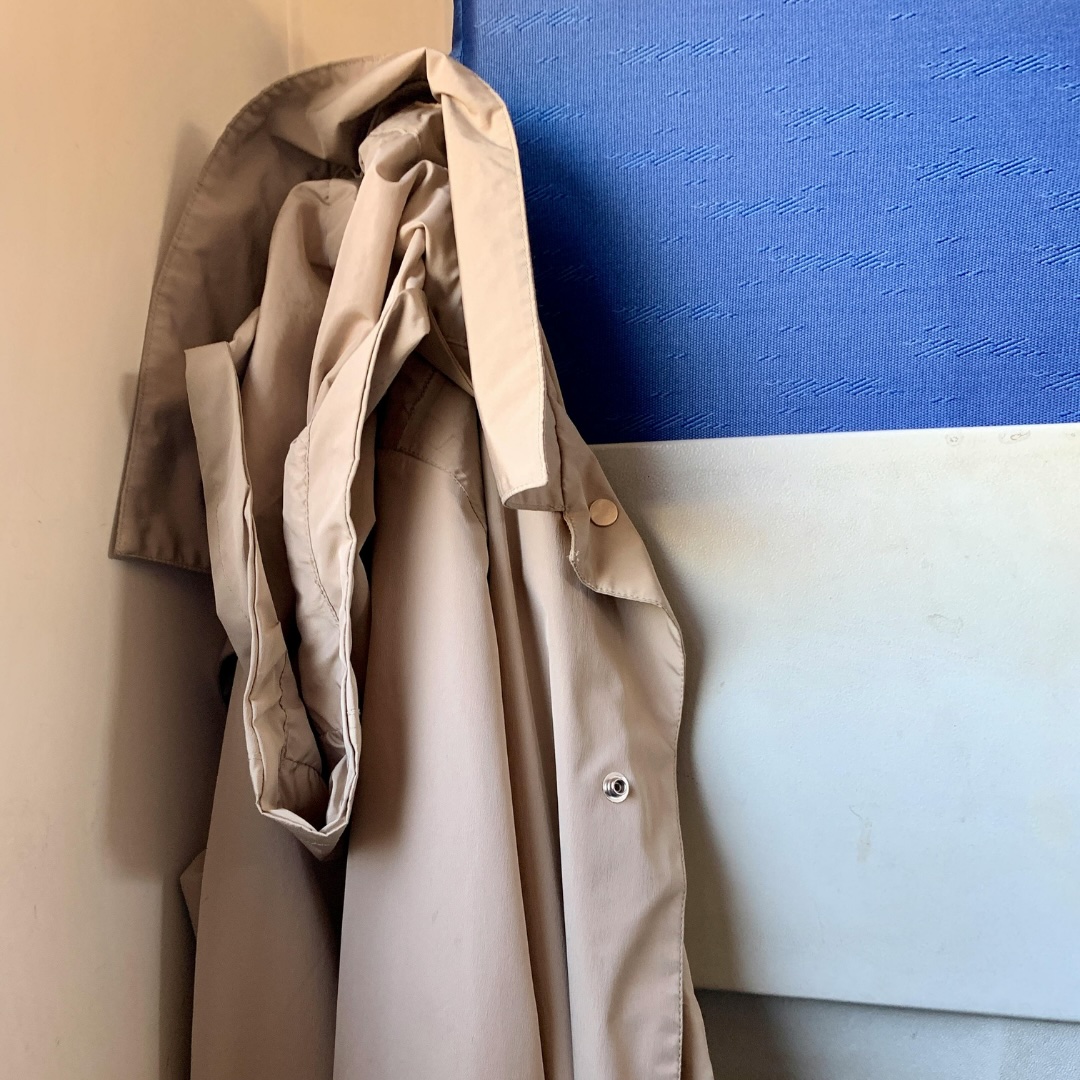 |
Пальто́ виси́т в шкафу́.
‘The coat is hanging in the closet.’
|
 |
Фо́тки вися́т на двери́. ‘Photos are (hanging) on the door.’ |
In Russian, the verbs here on this page are all intransitive. Тhey do not take a direct object. They only describe the position / location of someone or something. You would NOT use them to say, for example, I ‘lay’ the book on the table.
If you’re not sure what I mean by this, read here and just keep this all in mind.
In English these verbs are often used both transitively and intransitively. That is, I can say ‘the picture is hanging on the wall,’ (intransitive), and also ‘I am hanging the picture on the wall,’ (transitive). The verbs are the same but the action is different. In the first sentence, the picture is just in a static position on the wall. In the second, ‘I’ am in the act of placing the picture in a position. And although we have two verbs ‘lay’ (transitive) and ‘lie’ (intransitive), as American English speakers, we often either conflate the two or show a preference for one over the other, regardless of the transitivity of the intended action – of whether the verb takes an object or not.
Media Attributions
- Passport
- Books on the floor
- Woman in a hospital bed
- Man in hallway
- Man standing on street corner
- Floor lamp
- Books on a shelf
- Plate of food on a table
- Map of the world
- Coat hanging
- Photos on the wall

